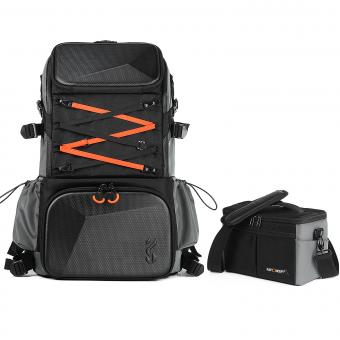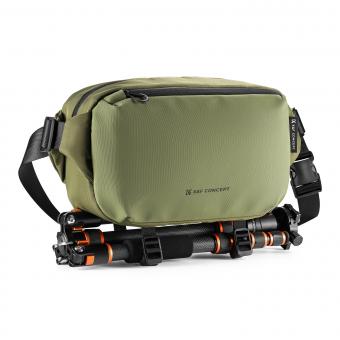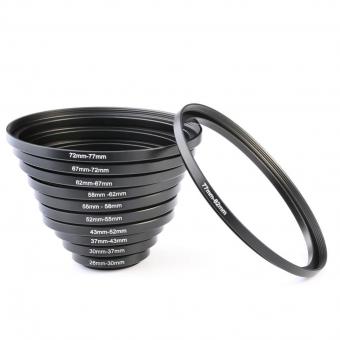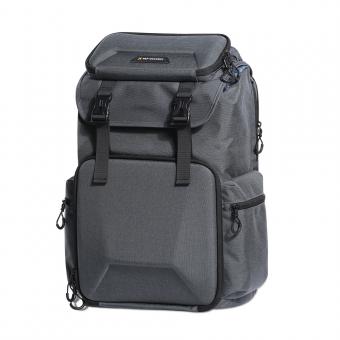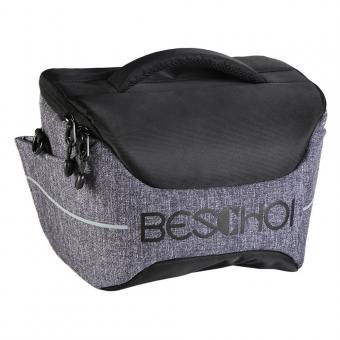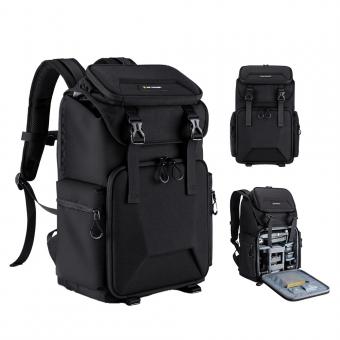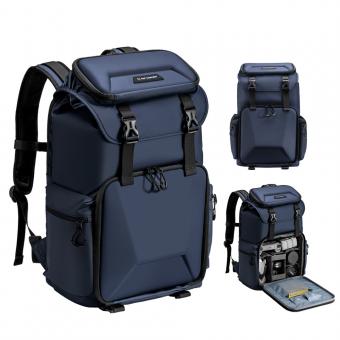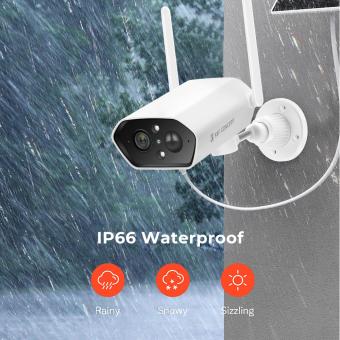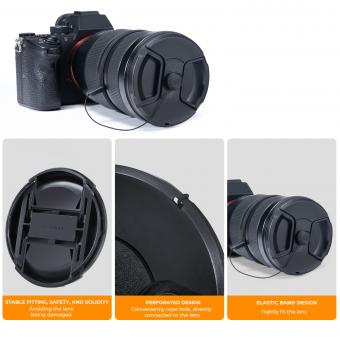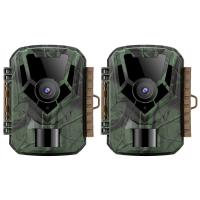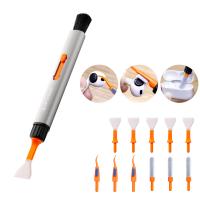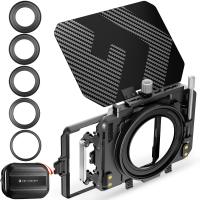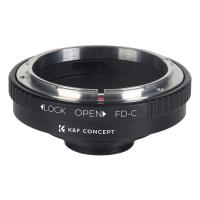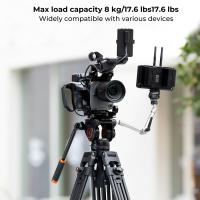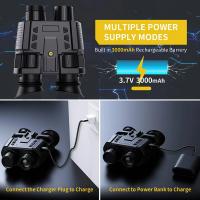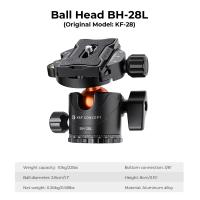How To Set Up A Camera Bag?
To set up a camera bag, first, organize your camera gear by grouping similar items together. This will make it easier to find what you need quickly. Next, choose a bag that fits your gear and offers adequate protection. Make sure the bag has enough compartments and pockets to keep your gear organized and easily accessible.
When packing your camera bag, start with the heaviest and largest items at the bottom, such as your camera body and lenses. Use padded dividers or lens wraps to protect your gear from scratches and damage. Place smaller items, such as memory cards, batteries, and filters, in the pockets and compartments.
It's also a good idea to keep a cleaning kit in your camera bag to keep your gear clean and free of dust and debris. Finally, make sure your bag is comfortable to carry and fits your body well. Adjust the straps and padding as needed to distribute the weight evenly and reduce strain on your back and shoulders.
1、 Choosing the right camera bag size and style
Choosing the right camera bag size and style is crucial for any photographer. The first step in setting up a camera bag is to determine the size and style that best suits your needs. There are several factors to consider when choosing a camera bag, including the type of photography you do, the amount of gear you need to carry, and your personal style.
When selecting a camera bag, it is important to consider the size of your camera and lenses. A bag that is too small will not provide adequate protection for your gear, while a bag that is too large will be cumbersome to carry. It is also important to consider the style of bag that best suits your needs. Backpacks are great for outdoor photography, while shoulder bags are ideal for quick access to your gear.
Another important factor to consider when setting up a camera bag is organization. A well-organized bag will make it easier to find and access your gear quickly. Consider using padded dividers or inserts to keep your gear organized and protected.
Finally, it is important to choose a bag that is comfortable to carry. Look for bags with padded straps and back panels to reduce fatigue during long shoots. Additionally, consider the weight of your gear and choose a bag that can comfortably accommodate the weight.
In today's world, sustainability is also an important consideration when setting up a camera bag. Look for bags made from eco-friendly materials and consider purchasing from companies that prioritize sustainability in their manufacturing processes.
In summary, choosing the right camera bag size and style, organizing your gear, and prioritizing comfort and sustainability are all important factors to consider when setting up a camera bag.
2、 Organizing camera gear and accessories
Organizing camera gear and accessories is essential for any photographer, whether you're a professional or an amateur. A well-organized camera bag can save you time and frustration when you're out shooting, and it can also help protect your gear from damage. Here are some tips on how to set up a camera bag:
1. Choose the right bag: The first step in setting up a camera bag is to choose the right bag for your needs. Consider the type of photography you do, the amount of gear you have, and your personal preferences. There are many different types of camera bags available, from backpacks to shoulder bags to rolling cases.
2. Divide your gear into categories: Once you have your bag, divide your gear into categories. For example, you might have a category for lenses, one for camera bodies, one for accessories like batteries and memory cards, and one for filters and other small items.
3. Use dividers and pouches: To keep your gear organized within your bag, use dividers and pouches. Many camera bags come with these built-in, but you can also purchase them separately. Dividers and pouches can help protect your gear from scratches and damage, and they can also make it easier to find what you need quickly.
4. Keep your most-used gear easily accessible: When setting up your camera bag, make sure to keep your most-used gear easily accessible. This might include your camera body, your favorite lens, and any accessories you use frequently. This will save you time and frustration when you're out shooting.
5. Consider the latest trends: With the rise of mirrorless cameras, many photographers are opting for smaller, more compact camera bags. Additionally, some bags now come with built-in charging ports for your devices, making it easier to stay powered up on the go.
Overall, setting up a camera bag is all about finding a system that works for you. By dividing your gear into categories, using dividers and pouches, and keeping your most-used gear easily accessible, you can create a well-organized camera bag that will make your photography adventures more enjoyable.
3、 Securing and protecting delicate equipment
Securing and protecting delicate equipment is crucial when setting up a camera bag. Here are some steps to follow:
1. Choose a sturdy and durable camera bag that can withstand wear and tear. Look for a bag with padded compartments to protect your camera and lenses from bumps and scratches.
2. Organize your equipment by size and weight. Place heavier items at the bottom of the bag to distribute the weight evenly and prevent damage to delicate equipment.
3. Use protective cases or sleeves for your camera and lenses. This will provide an extra layer of protection against dust, moisture, and impact.
4. Invest in a good quality camera strap to secure your camera while you're on the move. A strap with a padded shoulder pad will help distribute the weight of the camera and reduce strain on your neck and shoulders.
5. Consider adding a rain cover to your camera bag to protect your equipment from water damage. This is especially important if you plan to shoot in wet or humid conditions.
6. Keep your camera bag clean and dry. Regularly wipe down the exterior of the bag with a damp cloth and avoid storing it in damp or humid environments.
In addition to these steps, it's important to stay up-to-date with the latest trends and technologies in camera bag design. Many manufacturers are now incorporating features like anti-theft locks, RFID blocking technology, and customizable compartments to meet the evolving needs of photographers. By staying informed and investing in the right equipment, you can ensure that your delicate camera gear stays safe and secure while you're on the go.
4、 Maximizing storage space and weight distribution
Maximizing storage space and weight distribution are two crucial factors to consider when setting up a camera bag. Here are some tips on how to achieve both:
1. Choose the right bag: The first step is to choose a bag that suits your needs. Look for a bag that has enough compartments and pockets to store all your gear. Also, consider the weight of the bag itself, as a heavy bag can add unnecessary weight to your load.
2. Use packing cubes: Packing cubes are a great way to organize your gear and maximize space. They come in different sizes and can be used to separate your camera body, lenses, and accessories.
3. Prioritize essential gear: When packing your bag, prioritize your essential gear. This includes your camera body, lenses, and any accessories you need for your shoot. Leave behind any gear that you won't be using.
4. Distribute weight evenly: Distribute the weight of your gear evenly throughout the bag. This will help prevent strain on your back and shoulders. Place heavier items at the bottom of the bag and lighter items at the top.
5. Consider a backpack: A backpack is a great option for distributing weight evenly and maximizing storage space. Look for a backpack with adjustable straps and a padded back panel for added comfort.
In addition to these tips, it's important to stay up-to-date with the latest camera bag trends and technologies. For example, some bags now come with built-in charging ports for your devices, while others are made with eco-friendly materials. By staying informed, you can ensure that your camera bag setup is both efficient and sustainable.


